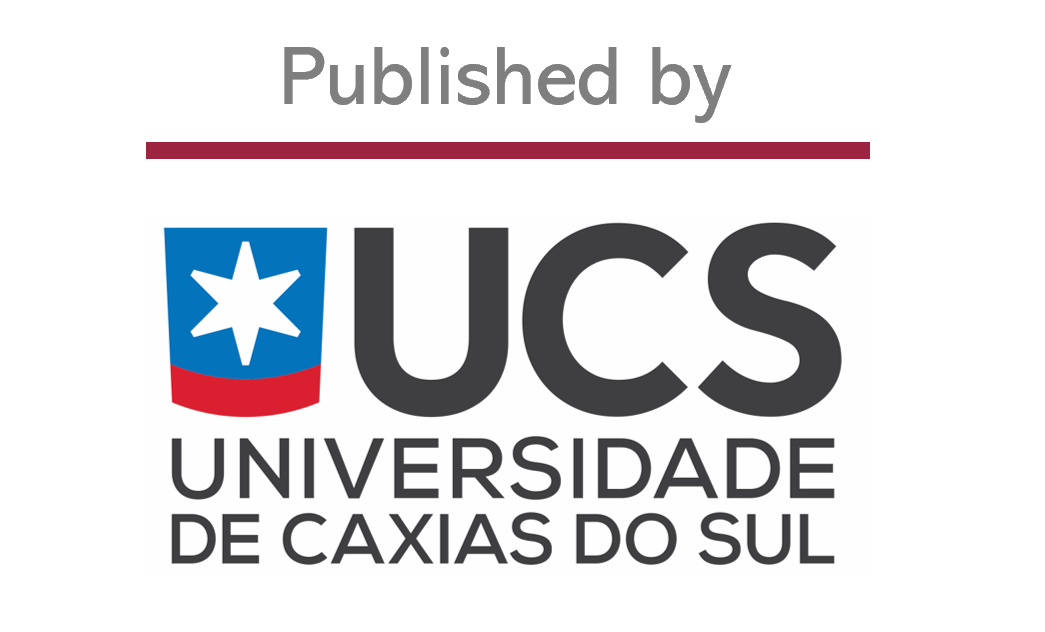Monitoring of an urban water body under the influence of a wastewater treatment plant: assessment of environmental impacts
DOI:
https://doi.org/10.18226/23185279.v6iss2p15aKeywords:
Trophic State Index, Water resources, WatershedAbstract
Urban streams are increasingly suffering from anthropogenic activities, mainly due to domestic sewage. Thus, this study aimed to assess the impact of treated domestic effluent on a receiving water body. Four sampling points were defined. The first was inside the stream, located upstream on the Wastewater Treatment Plant (WWTP), the second at the WWTP inlet, the third at the plant outlet and the last was located inside the stream, downstream of the WWTP discharge. The study was carried on for a three-year period (2013-2015). Chemical, physical and biological parameters were analyzed. Correlation analysis, Principal Component Analysis (PCA) and Euclidean distance dendrogram then assessed the results. At the sampling points related to the stream (spots 1 and 4), a significant distance between conductivity and the other parameters was observed, suggesting a low relation between them. A group of minor related variables (Trophic State Index - TSI - and Chemical Oxygen Demand - COD) was formed. At the sampling points within the WWTP (points 2 and 3), the formation of 3 clusters was observed, and two of them involved TSI, thus indicating that this parameter changes according to the season of the year and the monitoring point. Therefore, the WWTP influences in a significant and proportional way the TSI of the water body in different seasons of the year, suggesting that this is the main parameter to be controlled. The highest TSI were observed during spring and summer.









